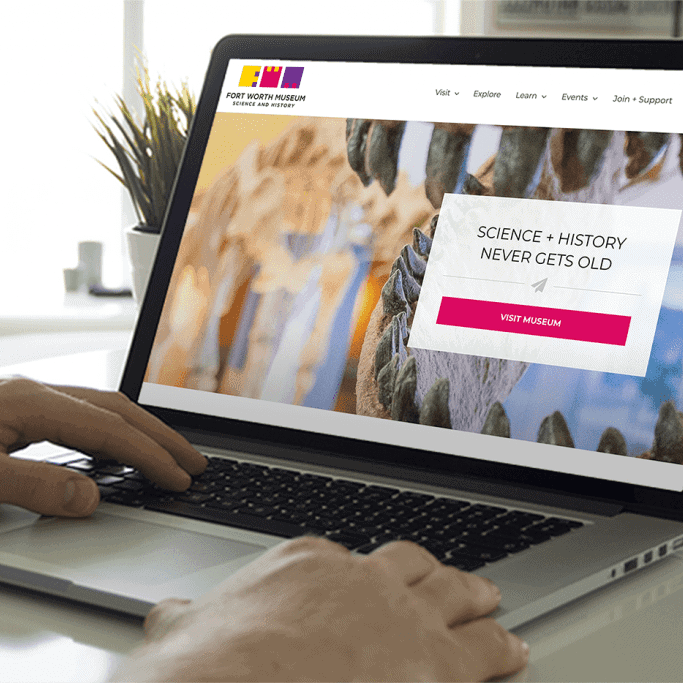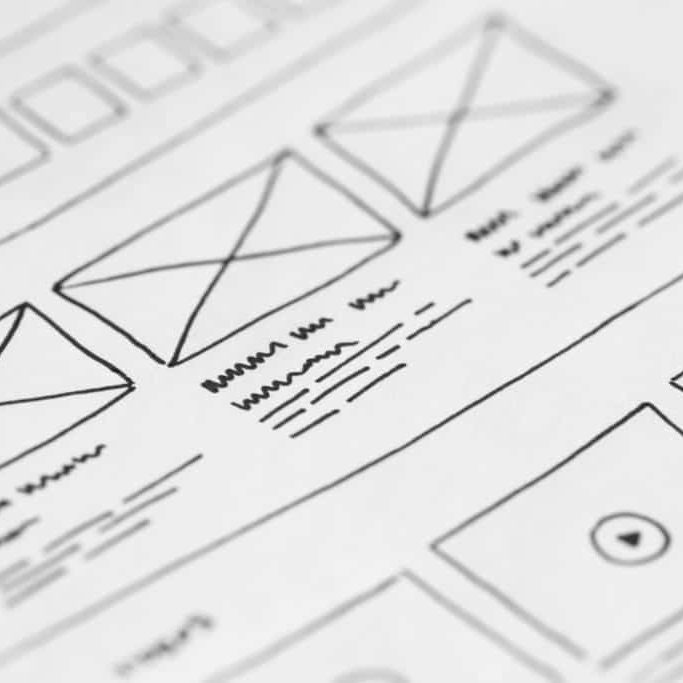We highlight some amazing companies that you can shop at this holiday season that we are proud to share the B Corp certification with.

CauseLabs Support
Learn More Through My Stories
Planning a Giving Tuesday Campaign
Learn how you can fast track a Giving Tuesday campaign and get in on this global collaboration for good.

CEO Sheryle Gillihan Acquires CauseLabs
Sheryle Gillihan, CauseLabs’ CEO, is pleased to announce her acquisition of the company. The will continue to use technology as a force for good by providing strategy, design and custom web development.

Migrating, Updating & Securing a Local Museum Website
One evening in late May I got a phone call from our friends at the museum. It’s always alarming to load your website and realize you’ve been hacked. Regardless of the size or nature of the breach, you feel vulnerable.

CauseLabs Honored as Best For Workers
Today, CauseLabs was recognized for creating the most positive impact for their workers based on an independent, comprehensive assessment administered by the nonprofit B Lab. Honorees are featured on B the Change, the digital Medium publication produced by B Lab, at bthechange.com/bestfortheworld.

WordPress 5.0 and What You Need to Know
WordPress is introducing a new way of managing content. The enhanced content editor, named Gutenberg, will become the foundation for customizing and building websites on WordPress.

The Power of Clickable Prototypes
A clickable prototype links multiple screens together via hotspots that are interacted with via click or tap. The result is a testable, easy-to-update solution to a design problem that users can experience.

Advanced REST API Design
In our previous post, we covered the basics of designing a REST API: defining endpoints, using HTTP verbs and performing common read-write operations on data. In this chapter, we’re going to introduce some advanced use and edge cases you may want to consider in order to give your REST API a sound and long-lasting design.

What you need to know about REST.
If you are a developer and you’ve worked in any modern web application, I’m sure this term rings a bell for you. REST stands for Representational State Transfer. If you’re already familiar with the basics, hop over to our look at Advanced REST API design. If you’re in need of an intro, lets dive in and you’ll see why this architectural style has become a de-facto industry standard for back-end APIs.

5 Considerations for Designing a Learning Management System
If you’re the leader of an organization that offers a curriculum-based program to build young minds, you may be looking to take your impact further by leveraging some type of learning management system. As you may have already discovered, it’s no easy feat.


